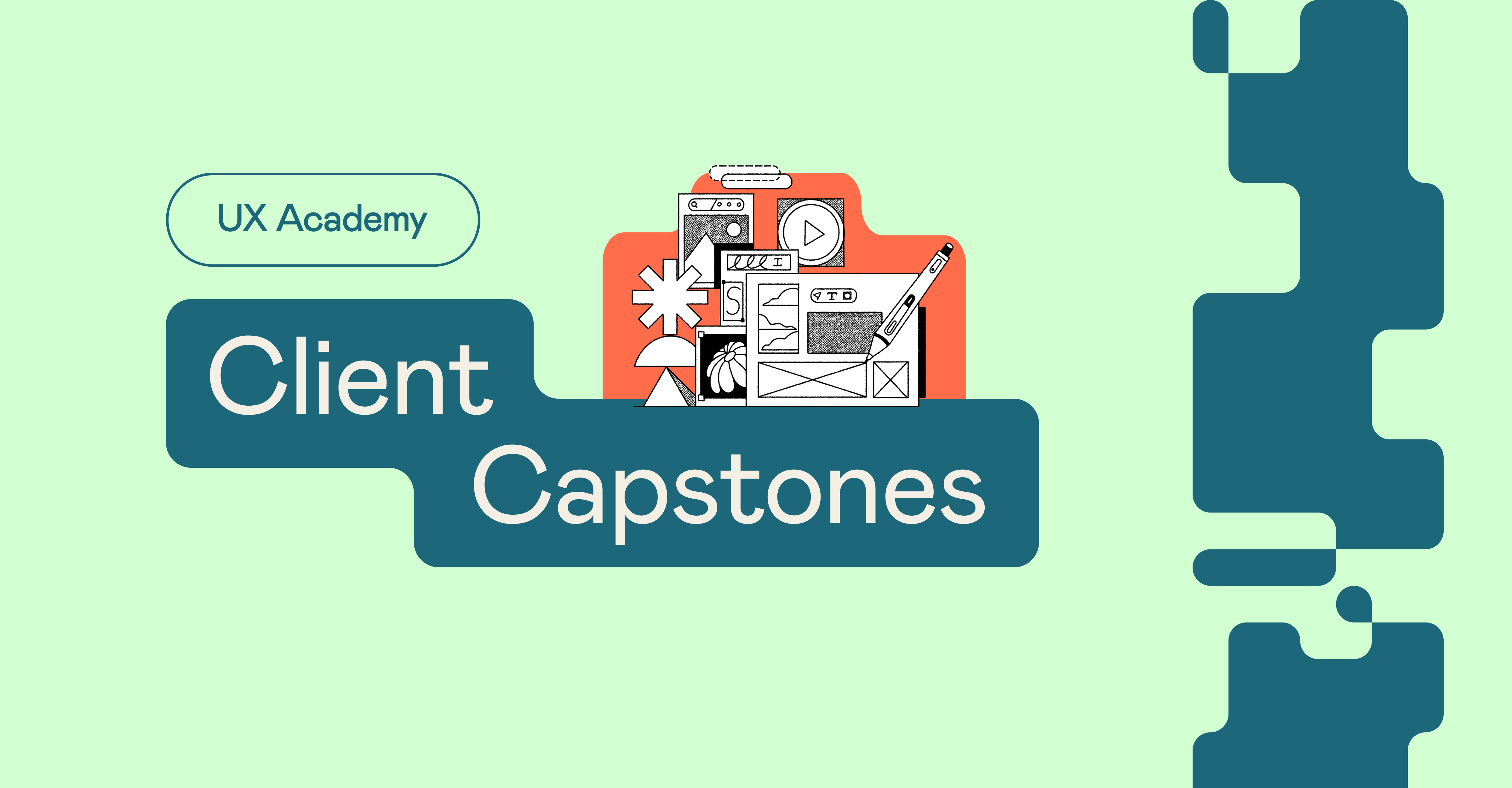This guest post was provided by Pathrise, an online mentorship program that works with students and professionals on every component of their job search. Pathrise has helped 500+ people land great jobs in tech through their workshops and 1-on-1 mentorship.
At Pathrise, we work with UX designers on each component of their job search so that they can ultimately land great jobs in tech. A lot of the people in our program have just graduated from college or an online bootcamp, like Designlab's UX Academy, and they are looking to optimize their resume so that they can show their strengths.
If you are finishing up a program and looking to create a strong UX design resume, you should understand how to prioritize the projects. Since you are likely new to the field, you will probably want to include all of the projects that you have done. This is a good way to show the breadth of your experience, which is beneficial when recruiters and hiring managers are reviewing your resume.
But, you should place a special emphasis on the projects that you did outside of your program. We recommend this because it helps differentiate you from your peers who did the same projects in their courses. It also shows initiative and passion for UX design.
You can find side projects with friends, freelance with companies through Upwork or Dribbble, or reach out to nonprofits to see if you can do pro bono design work for them.
When you are writing about the work you have done, your statements need to include impact statements and quantification so that they can be as strong as possible.
A lot of people write grunt statements on their resume, which just tells the reader what you did. Instead, we recommend writing impact statements, which describe why you did what you did.
These statements explain the purpose of your work and tell the reader why it was important. They include added context so that the tasks tell a story.
Impact statements are almost always longer than grunt statements, but it is better to have fewer long bullet points that explain the why behind the what, rather than more short bullets that just explain what you did.
For example:
- Grunt statement: Designed a communication platform for use between internal team and client.
- Impact statement: Conducted user research, wireframed, and designed a platform to improve communication and build more efficient systems between internal design team and client.
The grunt statement explains that the candidate designed a platform, but the impact statement shows the purpose of the platform and why the recruiter or hiring manager should care about it. It also includes more information about their process, which shows that they are a well rounded team member who can handle multiple aspects of a design job.
The impact statement above is strong, but we can make it even better by adding quantification. Numbers help catch the eye of the recruiter who is likely moving quickly through a stack of resumes. Plus, adding numbers can increase the context of the statement as well as highlight your impact and achievements.
We suggest thinking about these 2 questions when you consider how to add quantification to your impact statements...
What was the scale of the task?
- How many tools did I utilize?
- How many different methodologies did I implement?
- How many people did I manage?
What were the results?
- What percentage of our old process did I replace?
- How much time/money/etc. did I save the team or the user?
- How much money did this project make?
- How many people did it launch to, used it, or will use it?
With these questions in mind, let’s improve our impact statement above by quantifying. If we want to focus on scale, we can show the recruiter that the candidate can work with a number of different methodologies and tools. If we want to highlight the success of the project, we can quantify using results.
Here is an example of both options:
Impact statement with scale quantification: Interviewed 100 employees, wireframed with 3 rounds of iterations, and designed a platform that connected the design team and client seamlessly in order to reduce time spent in meetings.
Impact statement with results quantification: Conducted research, wireframed, and designed a platform to improve communication between internal design team and client, resulting in 45% decrease in time spent in meetings and 60% increase in project completion rate.
If you are looking for additional help with your UX design resumes, you can check out our Product Design Resume Guide, which includes a resume template that you can adapt for your own use. You can also review our How to Become a UX Designer Guide, which includes information about each step of your job search from resume to negotiation.
Pathrise is an online program that works with students and professionals to land their dream job. Mentors work 1-on-1 with fellows on each component of their job search, including resume, LinkedIn, and portfolio optimization, cold emailing, behavioral & technical interviewing, and negotiation. If you are interested in joining Pathrise, apply here.
If you’re interested in building your product design skills—start now! Explore Designlab's short courses to expand your skills, or check out our rigorous UX Academy program.



.svg)














